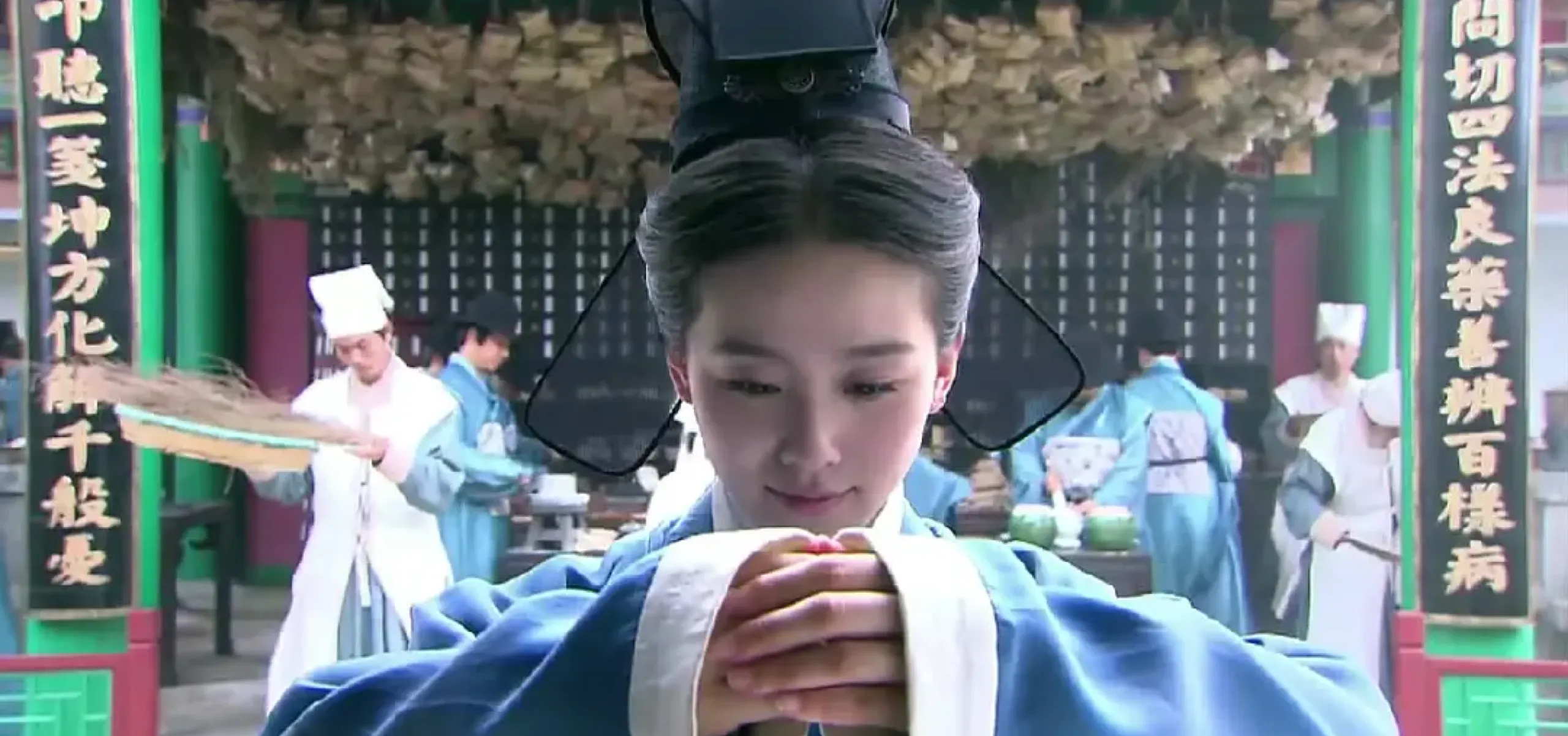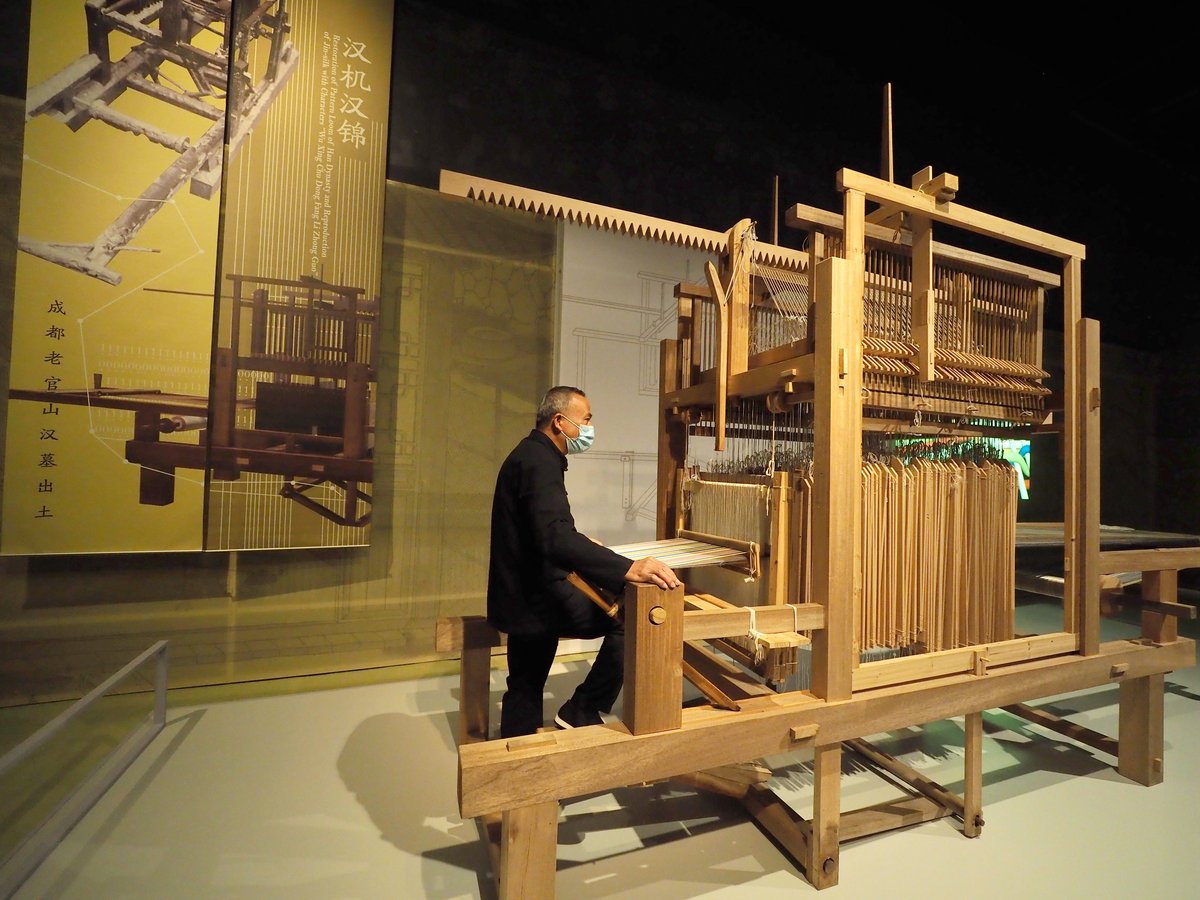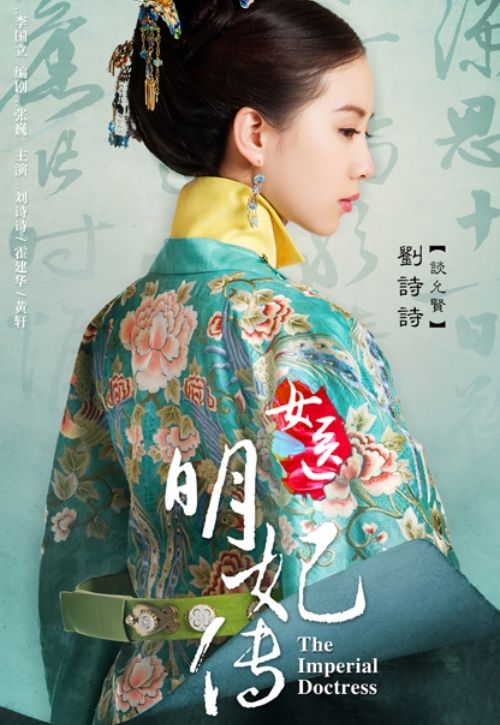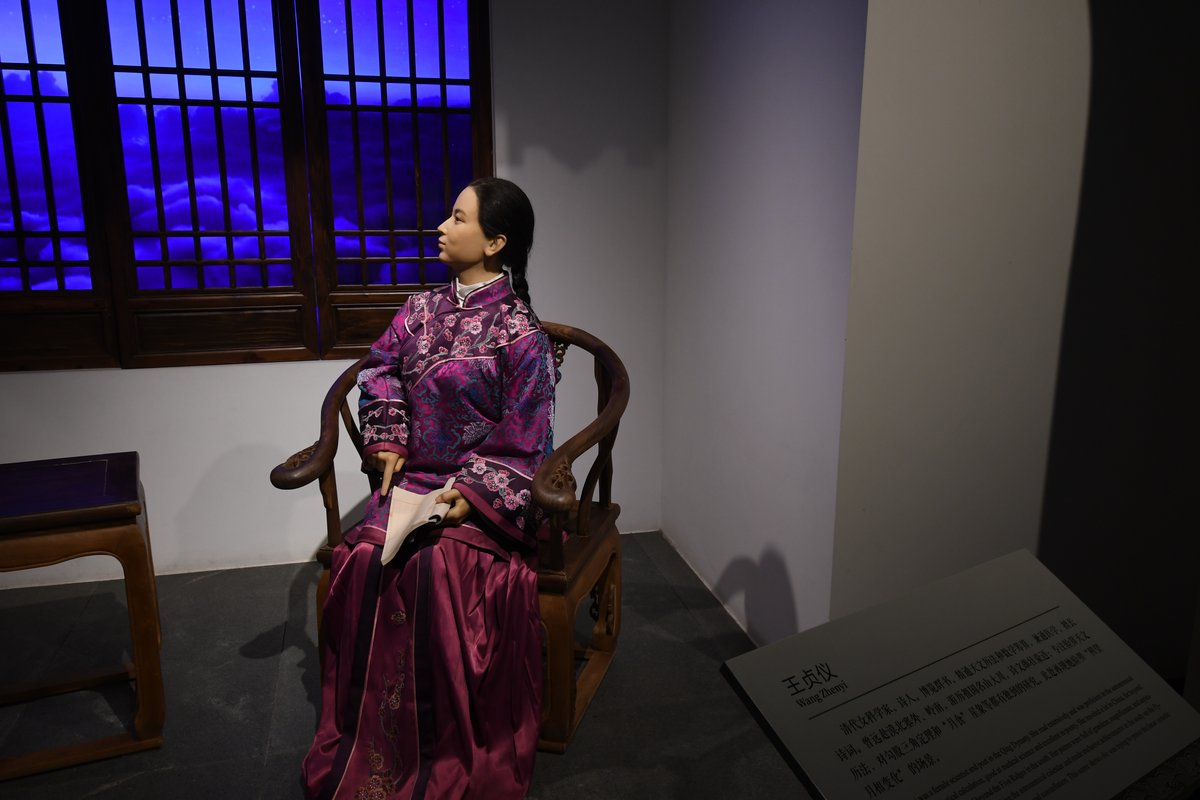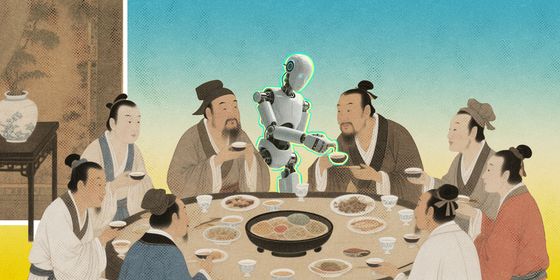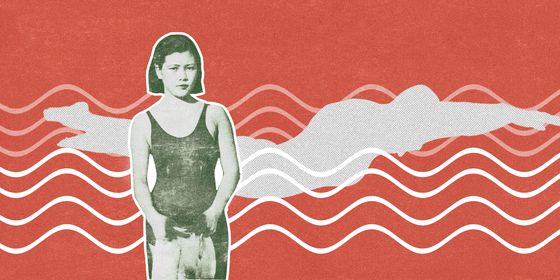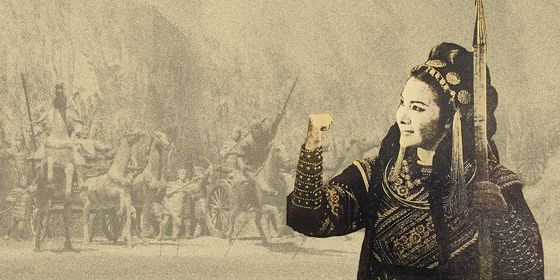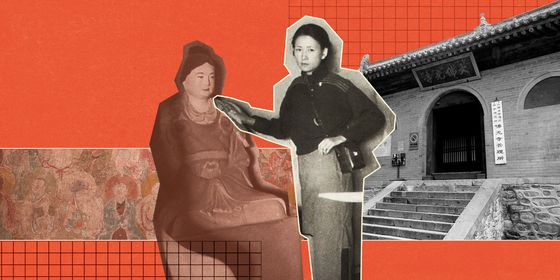From weaving to medicine to math, these badass scientists left their mark on history, despite the patriarchal obstacles in their path
In ancient China, it was not easy for women to obtain access to education. Even for those who could read and write, traditionally, they mostly read books that taught them how to be a qualified wife or mother, or studied literature as a way of molding their temperament. However, many women still strived to study science and made incredible achievements. These female scientists never received the same recognition as their male counterparts: there are very few detailed records of their achievements; some couldn’t publish their own works; and historical texts documented some women as merely their husbands’ wives, omitting their own names. Despite these many obstacles, their contributions are still remembered today.
Wife of Chen Baoguang, inventor and weaving master
The wife of Chen Baoguang (陈宝光之妻) was a textile worker in the Han dynasty (206 BCE – 220 CE). Though her spouse Chen Baoguang was no celebrity, historical texts recorded this woman only using her husband’s name. According to Miscellanious Records of the Western Capital (《西京杂记》), a collection of historical accounts of the Western Han dynasty (206 BCE – 25 CE) completed in the Jin dynasty (265 – 420), the wife of Chen Baoguang had a sophisticated textile machine that could produce fine silk brocade. It would take 60 days to produce one piece of brocade, which was worth 10,000 qian (1 qian could roughly buy 1 kilogram of rice). Huo Guang (霍光), a powerful high-ranked minister, hired her to make such textile products for him, which Huo’s wife used as gifts to bribe court physician Chunyu Yan (淳于衍) to poison the empress. No further records prove the wife of Chen Baoguang to be the actual inventor of these textile machines, though today she is widely viewed as having made great technological contributions to the textile industry. In a 2021 article in China Women’s News, Zhang Meifang, a scholar in the history of science at the University of Science and Technology Beijing, praises the wife of Chen Baoguang as an artisan who “taught weaving techniques and improved the jacquard loom machine.”
Zhang Xiugu, pioneer in anatomy
Born in Anhui province in the Northern and Southern dynasties (420 – 589), Zhang Xiugu (张秀姑) studied medicine from her father in her formative years. When she grew up, she married another physician named Tang Ci (唐赐), and the couple made a living by practicing medicine together. One year, a plague broke out in their hometown and infected Tang, who, on his deathbed, asked Zhang to cut open his body postmortem to find the cause of the disease. Zhang agreed. But soon after she dissected Tang’s corpse, identified the infected organs, and documented the symptoms, she was arrested and sentenced to five years’ imprisonment for destroying the body, and her son was beheaded for not stopping his mother, which was considered unfilial. Her story was recorded in the biography of Gu Jizhi (顾觊之), the judge who oversaw Zhang’s case, in the History of the Southern Dynasty (《南史》). But ironically, no record shows whether Zhang’s actions helped to cure the plague.
Tan Yunxian, gynecologist
Tan Yunxian (谈允贤), born to a family of doctors and government officials in the Ming dynasty (1368 – 1644), learned medicine from her grandmother. Soon after getting married, she suffered from what traditional Chinese medicine calls a “disorder of qi and blood,” which often manifests through various symptoms like weakness, fatigue, and cold sweat, so she started to treat herself. After giving birth to four children, whenever the children were ill, she likewise restored them to health. Gradually, her reputation spread among her social circle. At that time, when women got sick, some were unwilling to see male doctors, in order to keep a distance from men as the feudal code of ethics required. Tan cured many female patients who turned to her for help. When she was 50, she wrote Miscellaneous Records of a Female Doctor (《女医杂言》), a medical book that documented the symptoms of and treatments for 31 gynecological diseases, including menstrual irregularities, repeated miscarriages, barrenness, and postpartum fatigue. Since it was rare for a woman to publish a book at that time, it was her son who helped transcribe her manuscript and put it into print.
Tan died at the age of 93, outliving most of her contemporaries. In 2016, Tan’s story was adapted into The Imperial Doctress ( 《女医·明妃传》 ), a TV show featuring a star-studded cast.
Wang Zhenyi, astronomer and mathematician
Wang Zhenyi (王贞仪) was a Qing dynasty (1616 – 1911) scientist known for her achievements in astronomy and mathematics. Raised by scholars and officials, as a girl, Wang immersed herself in her grandfather’s wide collection of books. With access to knowledge in many fields, she quickly developed a strong interest in astronomy, geography, and math. When she was a teenager, she traveled with her family around half of the country, seeing the society and gaining various experiences (including learning to ride horses and shoot arrows from a Mongolian general’s wife), which was rare for young women in her day. She got married at the age of 25, but didn’t give up studying. Though she passed away due to an illness when she was only 29, she made a series of academic achievements. In astronomy, she wrote an article that explained the formation of lunar eclipses. In mathematics, she wrote “The Explanation of the Pythagorean Theorem and Trigonometry (《勾股三角解》),” summarizing the relationship between the sides of a right triangle, as well as seeking commonality between how ancient Chinese scholars and Western scholars approached this topic. She also simplified multiplication and division to make learning mathematics easier for beginners.
Also a poet, she expressed in many works her ambition as a woman to achieve success on par with men. In one poem, she asked a compelling question to all women: “It’s believed that women are the same as men; Who says women can’t be heroes?”





